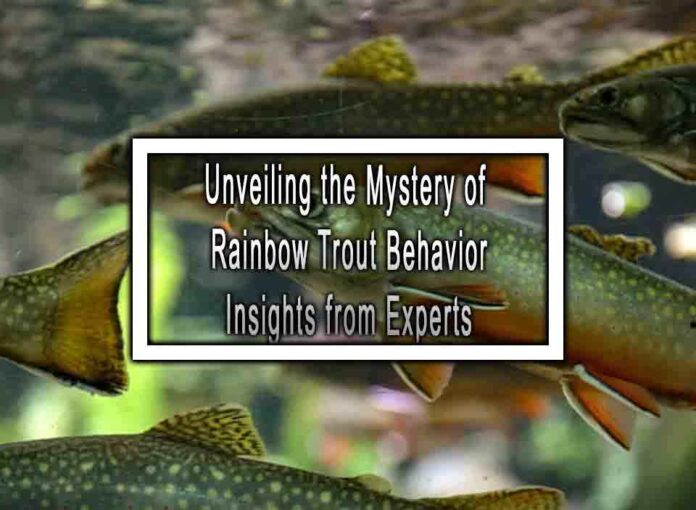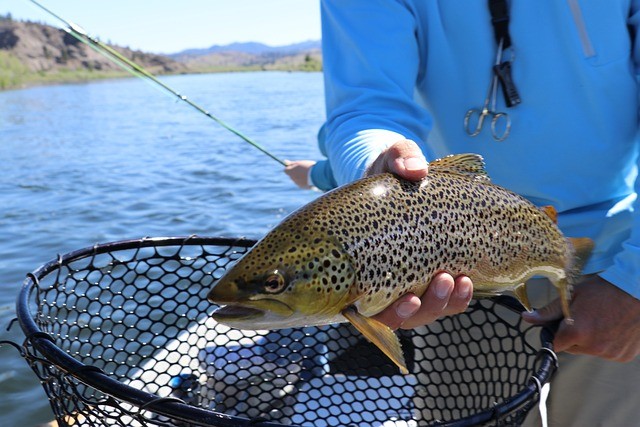Rainbow trout (Oncorhynchus mykiss) are a popular and widely distributed species of freshwater fish known for their vibrant colors and sportfishing appeal. Their behavior is influenced by various factors, including habitat, season, and environmental conditions. Here are insights into the behavior of rainbow trout from experts:
1. Spawning Behavior:
- Rainbow trout are known to spawn in gravel-bottomed streams and rivers during the spring months.
- They create nests, called redds, by excavating depressions in the gravel where the female deposits her eggs, and the male fertilizes them.
- Spawning behavior is often triggered by changes in water temperature and daylight.

2. Feeding Behavior:
- Rainbow trout are opportunistic predators that primarily feed on aquatic insects, small fish, crustaceans, and zooplankton.
- Their feeding behavior can vary depending on the availability of prey items in their habitat.
- Rainbow trout are known for their aggressive strikes when pursuing prey, making them a favorite target for fly fishermen.
3. Territorial Behavior:
- Rainbow trout can exhibit territorial behavior, particularly in areas with limited resources.
- Larger individuals may establish and defend territories, driving smaller fish away from preferred feeding or resting spots.
4. Diurnal Activity:
- Rainbow trout are typically more active during the day, with feeding peaks in the early morning and late afternoon.
- They tend to rest in sheltered areas during the heat of midday.
5. Seasonal Migration:
- Some rainbow trout populations undertake seasonal migrations. For instance, they may move upstream from lakes to spawn in tributary streams.
- Migration patterns can vary depending on the specific location and environmental conditions.
6. Reaction to Environmental Conditions:
- Rainbow trout are sensitive to changes in water temperature and oxygen levels.
- They tend to seek out areas with suitable temperature and oxygen conditions to optimize their metabolism and feeding activity.
7. Behavioral Responses to Fishing Pressure:
- In waters with significant fishing pressure, rainbow trout can become more cautious and selective about the baits and lures they strike.
- Experienced anglers often need to adjust their fishing techniques to match the behavior of trout in such environments.
8. Learning and Memory:
- Rainbow trout have demonstrated the ability to learn from experience and remember specific locations or situations associated with food.
- This learning capacity can influence their behavior when encountering similar conditions in the future.
9. Reaction to Water Flow:
- The behavior of rainbow trout can be influenced by the flow of water in their habitat. They may seek out areas with slower current to conserve energy or faster flow for feeding opportunities.
Understanding the behavior of rainbow trout is crucial for anglers, fisheries management, and conservation efforts. It allows for more effective fishing techniques, habitat preservation, and sustainable management of these iconic freshwater fish.











